Home Cyber Layman Hardware Apple ,,,,,Just a few days after the presentation at the recent WWDC 2017, here at Cyber Layman we had the opportunity to get our hands on the new MacBook Pro 2017, revision with hardware update “under the hood” of the model presented at the end of last year, which we have at his time reviewed.
Unlike the presentation of the MacBook Pro 2016, in this case it is a speedbump, a term which identifies a renewal of the internal components, which in this case sees the presence of new Intel processors of the Kaby Lake family, the most recent on the market and some facelifts here and there in the rest of the features.
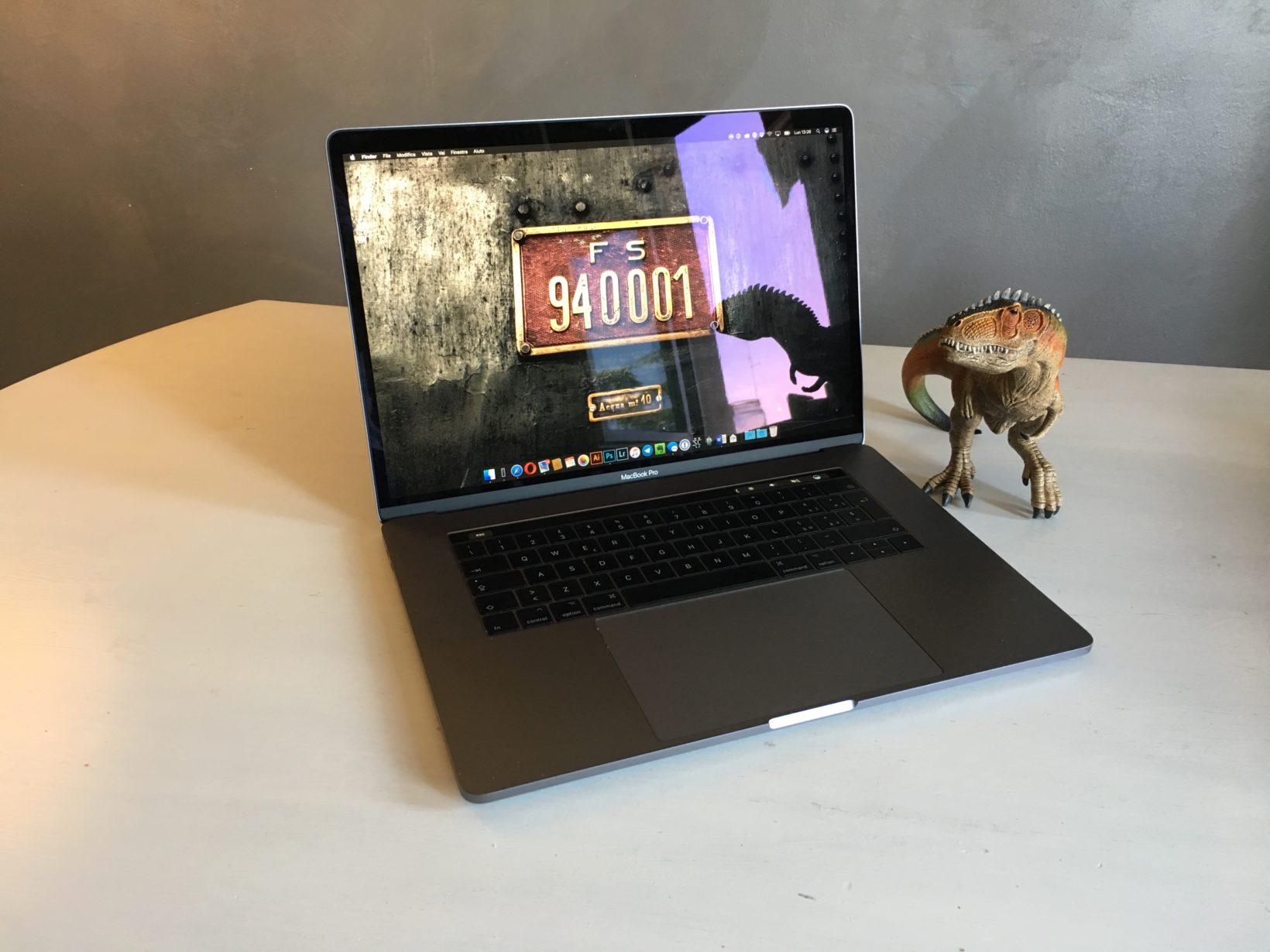
MacBook Pro 2017, the review
First impressions
The model we tested is a MacBook Pro 15 ”with 2.9 GHz Intel Core i7 processor (with Turbo Boost at 3.9 GHz and 8 MB shared Level 3 cache), 512 GB of disk space (on one drive New generation SSD), 16 GB of RAM and 4 GB of GDDR5 video memory on AMD Radeon Pro 560 video card, combined with the graphics processor integrated in the Intel HD Graphics 630 processor (with automatic switch managed by macOS), here the report of the performance with Geekbench for those who are curious.
Great news under the hood therefore, even if as we will see the differences emerge clearly in many factors, even beyond the hardware difference compared to the previous model: eight months of distance between the two machines are not few and we can say that finally this MBP has reached full maturity, in all respects.
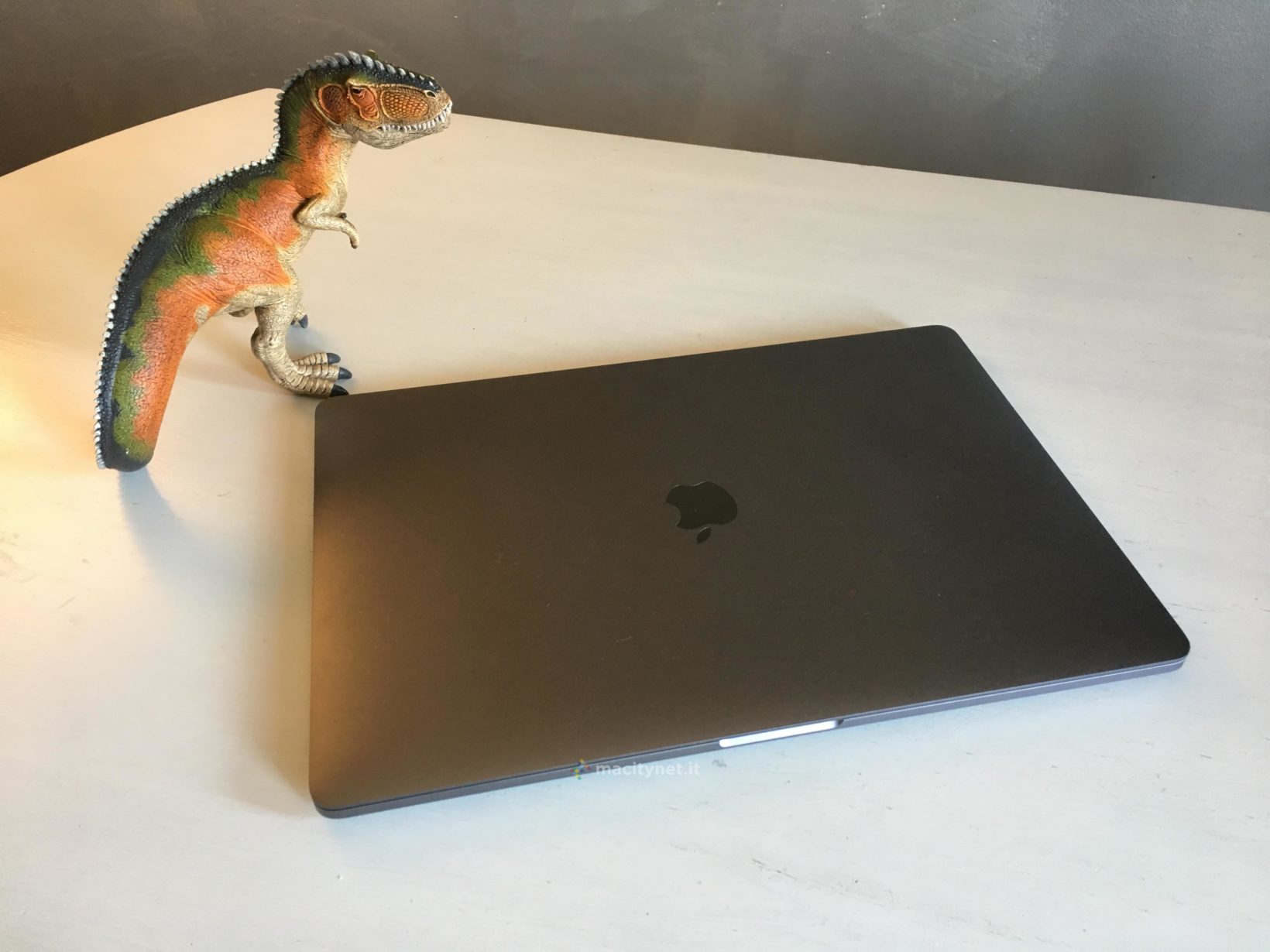
Touch Bar in the final exam
If there are any aesthetic differences between this model and the previous one, here we have not seen them: the build quality is excellent, as well as the balance, it is held with one hand if necessary and the ratio between the screen and the keyboard is very good. , as well as the use of the keyboard with the new butterfly mechanism offers ample satisfaction even to those who write a lot, as long as they spend a few days to familiarize themselves with the extremely short stroke of the buttons.
One of the novelties that most clearly emerges is the relationship with the Touch Bar: technically nothing has changed, but compared to the first impressions published a few days after the official release, after seven months many things have changed and many apps, even professional ones, now offer full support for this technology such as Photoshop, Office for Mac, Affinity Photo and Designer (the latter offers perhaps the most beautiful version), 1Password, Opera, DaVinci Resolve, XCode and Telegram as well as virtually all Apple Apps, as we report the serious lack of support for us in some very popular apps such as Firefox, Illustrator, Dreamweaver, Lightroom and Premiere.

With the support for the Touch Bar now much more extensive, now using the MacBook Pro with Touch Bar has a completely different relevance and becomes much more interesting and comfortable: something we still don't like, such as the presence of the Esc key on the left, which risks to be pressed incorrectly when we use the keyboard not for typing but for key shortcuts, however this is a vice that may or may not emerge depending on your habits.
Ditto for the Touch ID button, which is recognized by several installers but not all (the slowness of some developers in implementing some APIs often leaves us bewildered) and to which you get used to practically after five minutes and wonder why Apple doesn't there. 'wanted to implement it also in the new external keyboards, so that they can be used in iMacs or MacBook Pros when they are closed and connected to an external display (like this one, for example).
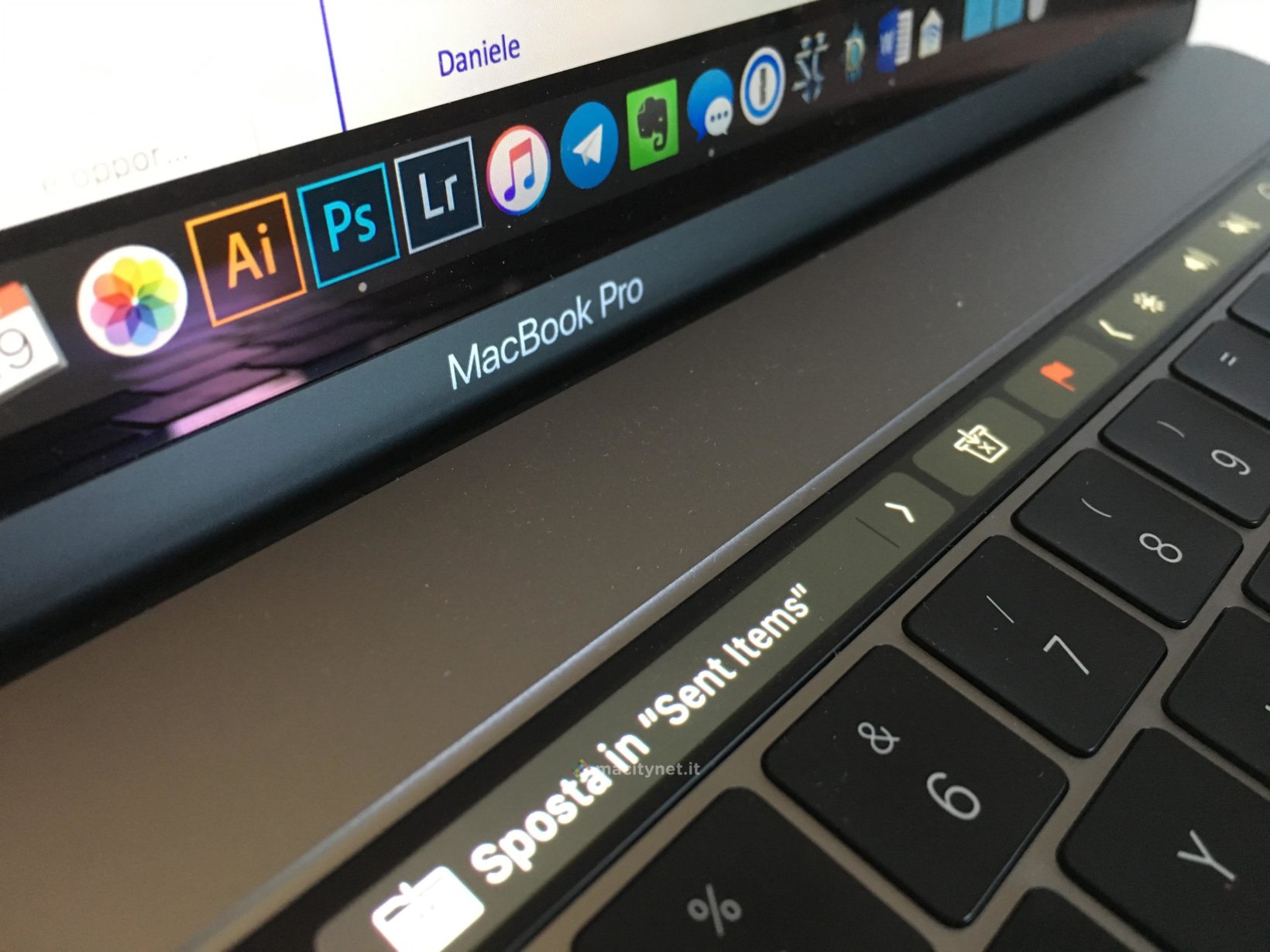 The Touch Bar has remained the same, but software and app support is now much wider than last year
The Touch Bar has remained the same, but software and app support is now much wider than last year
USB-C and Thunderbolt 3, established realities
Along with the Touch Bar, some considerations are also a must for Apple's choice to opt exclusively for USB-C / Thunderbolt 3 connectors, a change of course that, although it began with MacBooks a year earlier, has opened up many discussions especially with MacBook Pros, given the much more demanding professional user than the consumer one.
Considering how the market has responded, proposing on an almost daily basis external devices compatible with USB-C (a little less in Thunderbolt 3, due to the much more vertical needs), the writer is of the idea that the choice, although radical, is to be rewarded for its courage and impact on the market.
The USB-C standard has been embraced by many manufacturers, both in smartphones and in the PC field, and with the recent elimination of royalties by Intel the future looks decidedly bright and with much better luck than we have seen with the old Thunderbolt 2. , whose technology was excellent but with costs for the devices often too high.
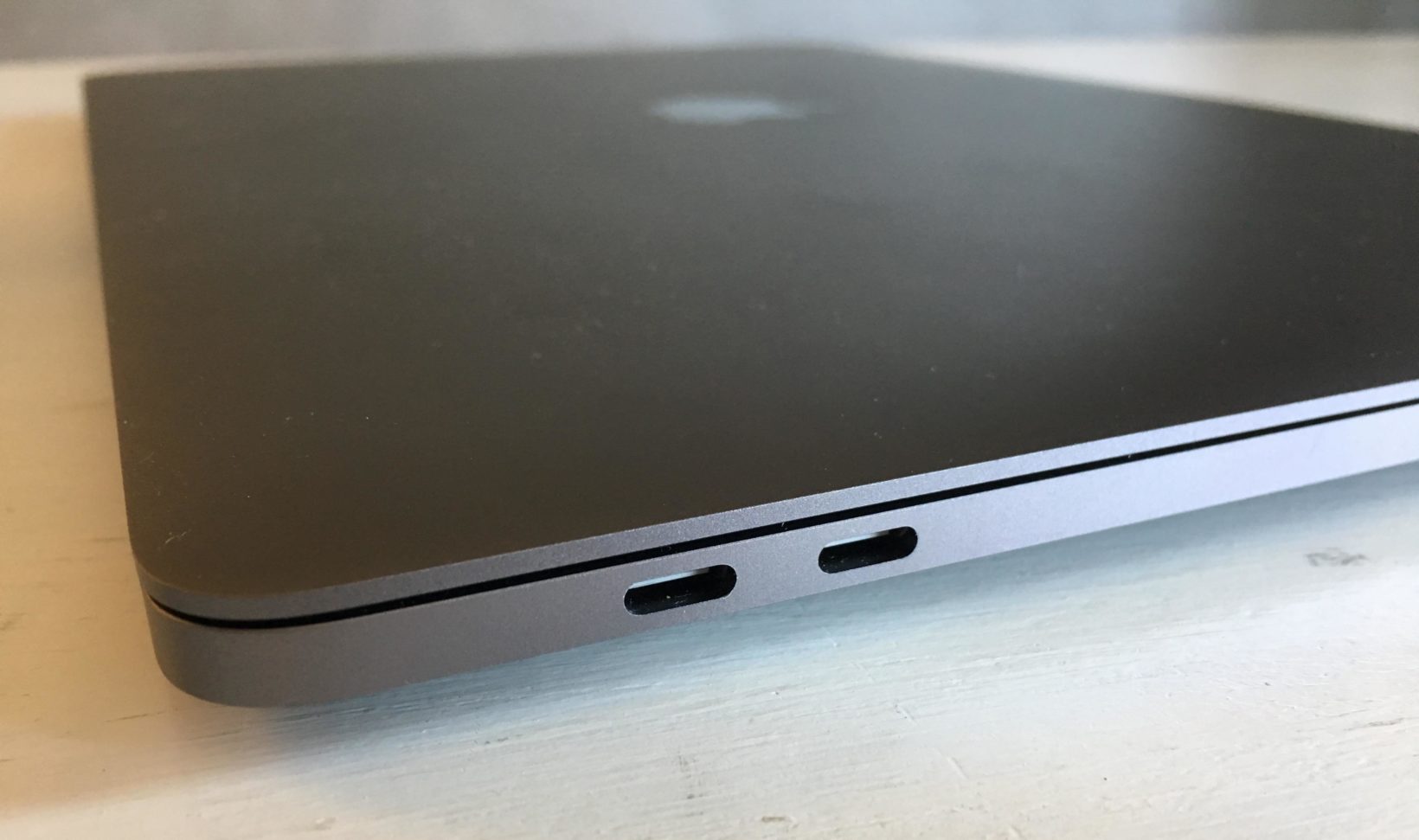 Two of the USB-C / Thunderbolt 3 ports
Two of the USB-C / Thunderbolt 3 ports
Of course, we need to change the way we think and operate with the Mac and with all the accessories and start considering adapters and HUBs part of the supply, like a mouse: on the other hand, the very story of the USB connector it is much more complex than most remember and in any case we are in a transition period that, most likely, will last less than other changes in the past, which we must deal with, given that the future is well mapped out by Apple and all third-party manufacturers.
The alternative is a computer with one or two USB-A ports, like the old MacBook Pro (or Microsoft's new Surface Pro and Laptop, for example), to which we could only connect one or two USB devices (more with some external HUB, as long as you have a second or third power supply and with performances that progressively decayed). With the new MacBook Pro we can connect up to a USB-A disk, a USB-A key and a transceiver for the mouse, a VGA or HDMI video output, a network, an SD reader, all for each of the USB ports. C present (which are four), without disturbing any other external power supply.
Of course, you need to get an adapter or a HUB (here is a brief overview of some models) but basically, if you look closely, the adapters are part of everyday life for those who use a MacBook Pro on the go. For example, think of some standards that even in the old model required essential adapters such as VGA, DVI, FireWire and Ethernet.
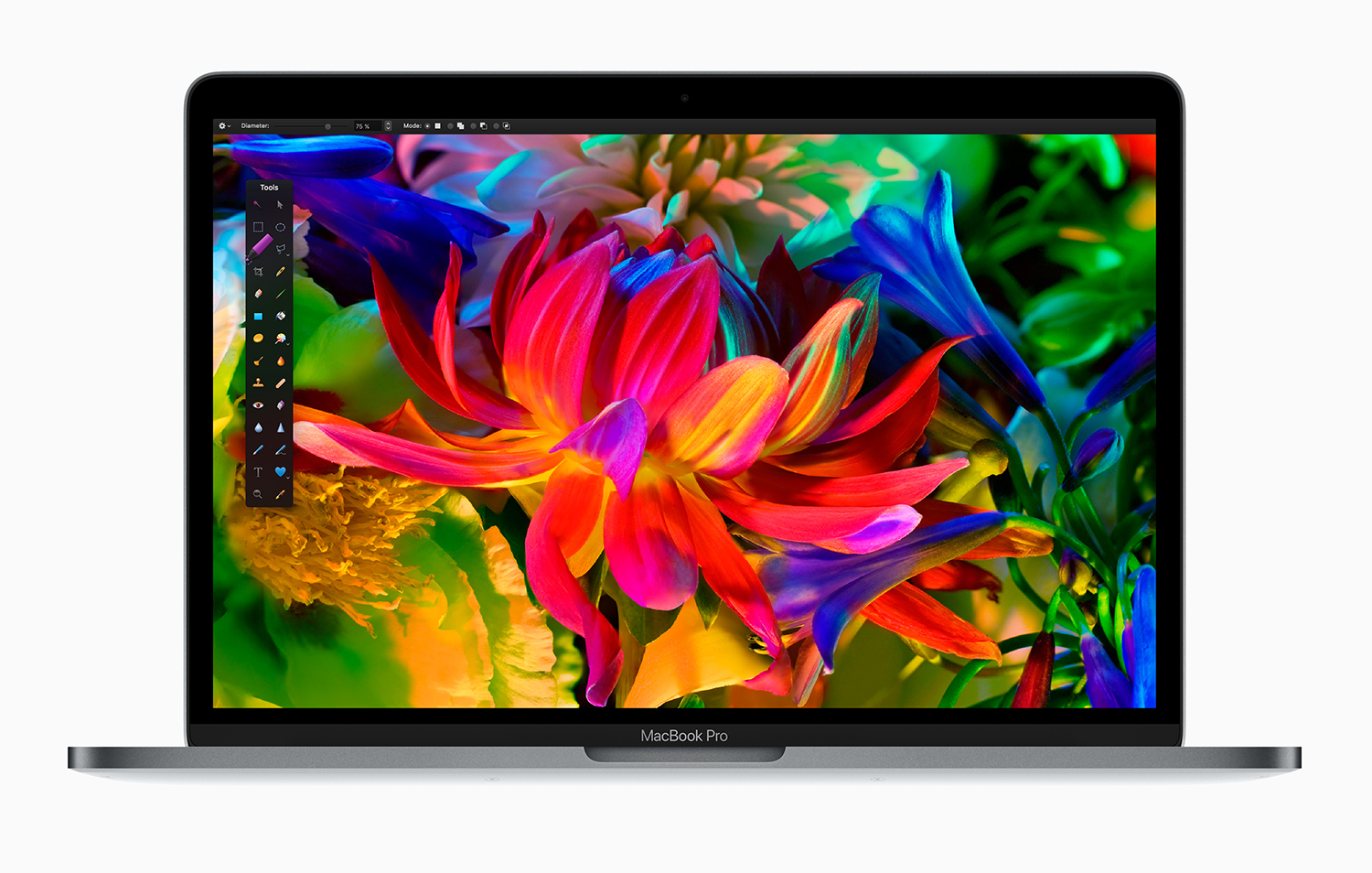
The reference laptop
The impact of the Kaby Lake generation of processors on the new MacBook Pros inevitably offered a surge on a previously excellent architecture: during our tests we strained the machine in search of a real limit but it did not arrive.
Of course, 16 GB of RAM is perhaps not a lot, and this is perhaps the only limit that we would like to emphasize (the amount of RAM is not configurable in the 15 “model even on the Apple Store online) but the internal optimization is so great high that we have often forgotten. We tried to edit 4K videos with DaVinci Resolve, noting an incredible fluidity in all operations, same goes for Lightroom, whose interface was instead heavy in all the other Macs we tested, even with very heavy RAW files.
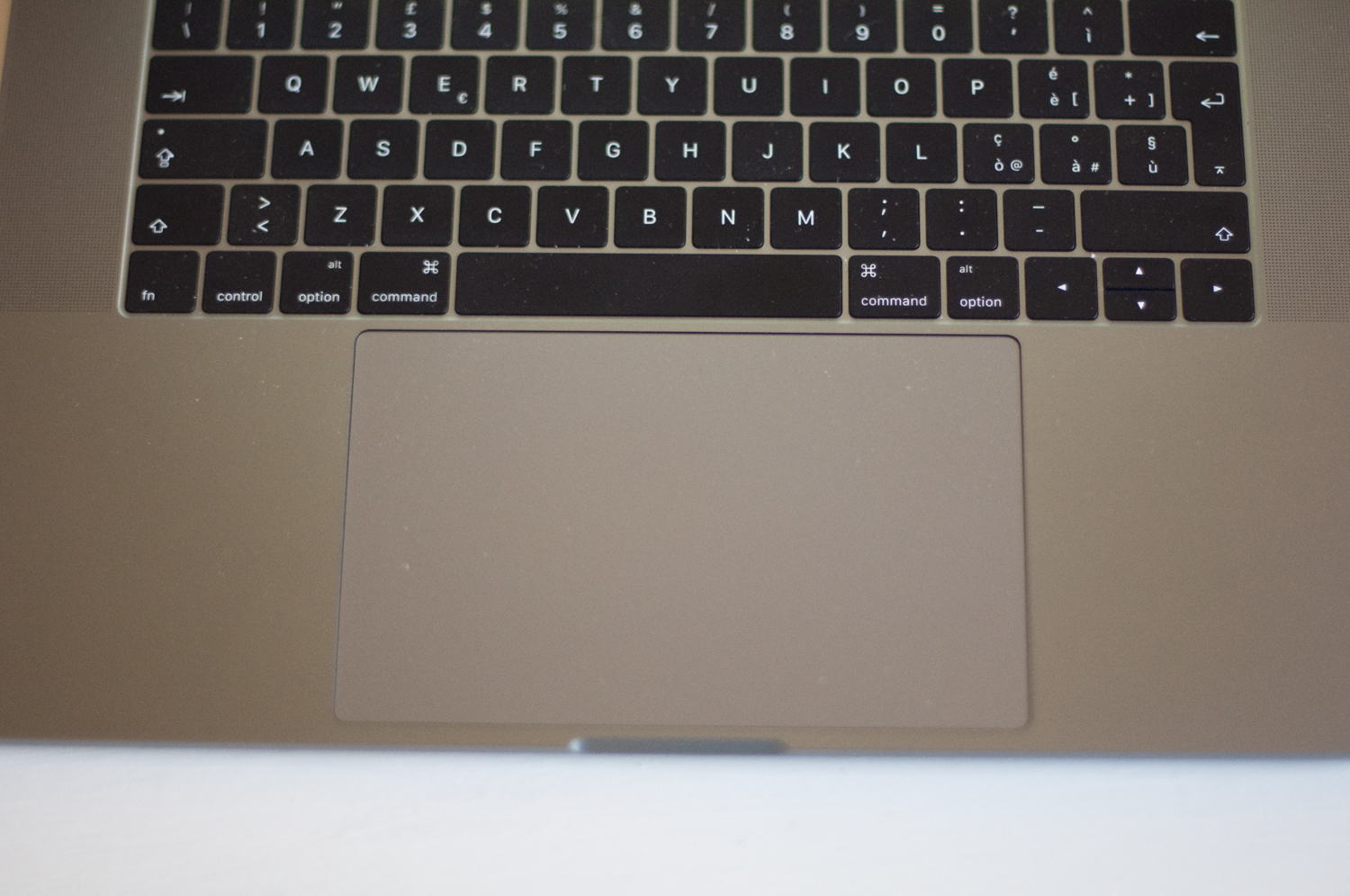
In all honesty, however, we can say that the most pleasant aspect of this Mac is that in all the tests we have done with professional apps the Activity Monitor utility has never shown complete saturation (except in some inexplicable moments in Lightroom , not due to the complexity of the Raws but to some slowdowns of the interface) indeed, almost always stopping between 15 and 25% of the bar (with the exception of the export phases).
This is an indication of how the firepower of the MacBook Pro is far beyond what the average professional's daily routine is today, and ready for a few flights when there is a chance. Even in the intensive use of games like Starcraft II and Diablo III, where we pushed the parameters to the maximum allowed (ignoring some security warnings of the game) we never noticed any slowdown while enjoying the magnificence of the 4K details of Blizzard.
Of course, this is not a Mac designed for games, but considering the cost of some competitive models (and some perspectives born at the last WWDC 2017 such as augmented and virtual reality) things could change soon and open new ones. scenarios for both Apple and Mac users.
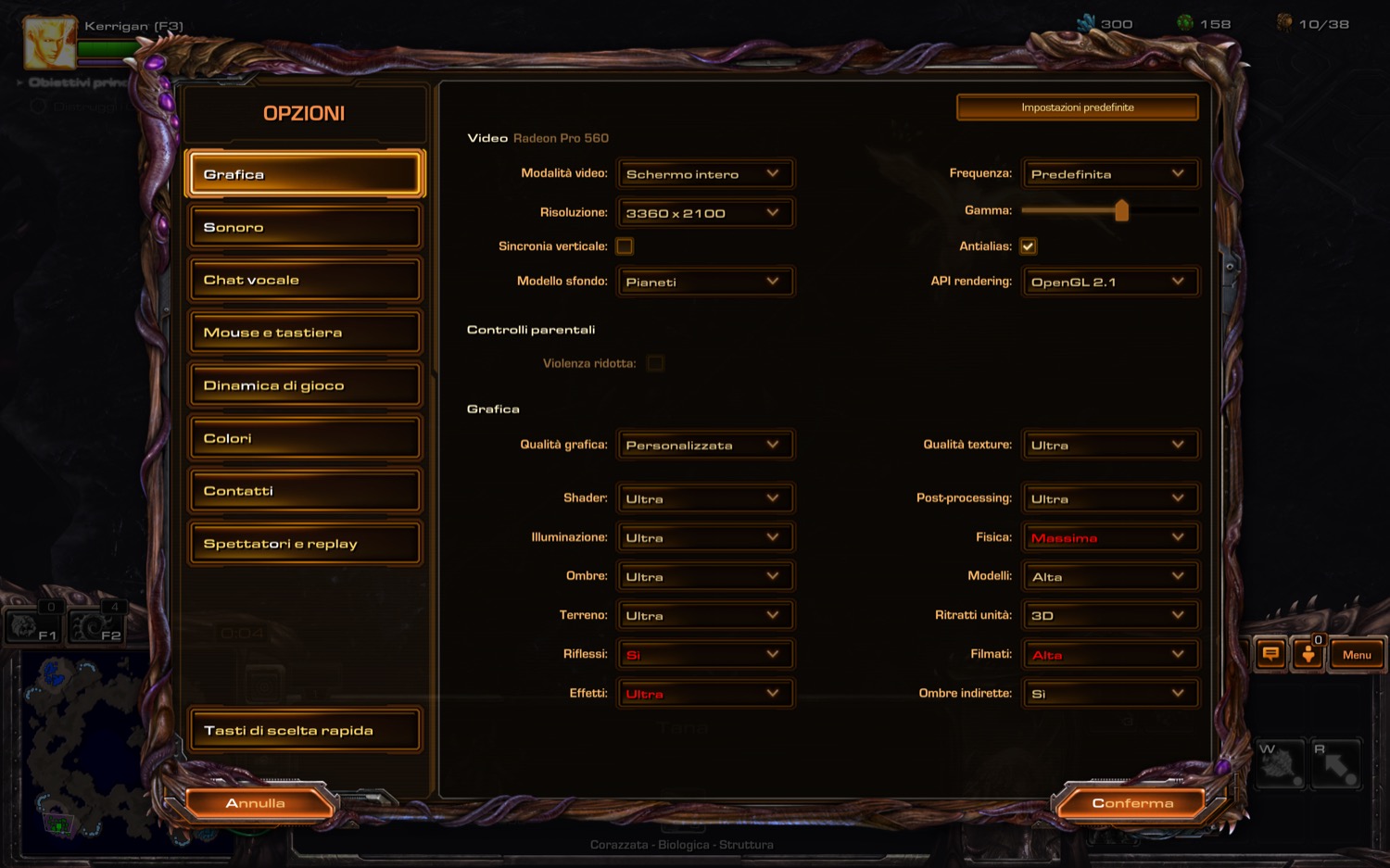 The game parameters used within Starcraft II Legacy of the Void. In red the items that the software does not recommend to use, here enabled without any repercussions
The game parameters used within Starcraft II Legacy of the Void. In red the items that the software does not recommend to use, here enabled without any repercussions
Precisely in this regard, the overall judgment on the graphic rendering of the Mac with the already more than good rendering of the Radeon Pro 560 video card will deserve a second more in-depth examination next year, in conjunction with the arrival of High Sierra and use of external video cards via Thunderbolt 3, which opens up very important scenarios for everyone, from the freedom of choice of your video card (although it will remain to be seen how wide Apple's support will be) and above all for the change of perspective in the choice of Mac .
Ultimately the internal storage: undeniable to underline how Apple continues its efforts in improving SSD drives, admittedly now faster, well aware that here pass the most frequent impressions of speed of an average user, as well as many routines for professional programs, such as the import of RAW files of all types, transfer and processing of video clips and more generally any operation of opening the software, reading and writing the files.
Data in hand, the AJA Test App shows improvements in the reading phase, less in the writing phase, but we underline that these were already extremely high numbers already in the previous model. Ergo, the improvement is there but it is limited, but we already started from a base that was more than ready for challenges.
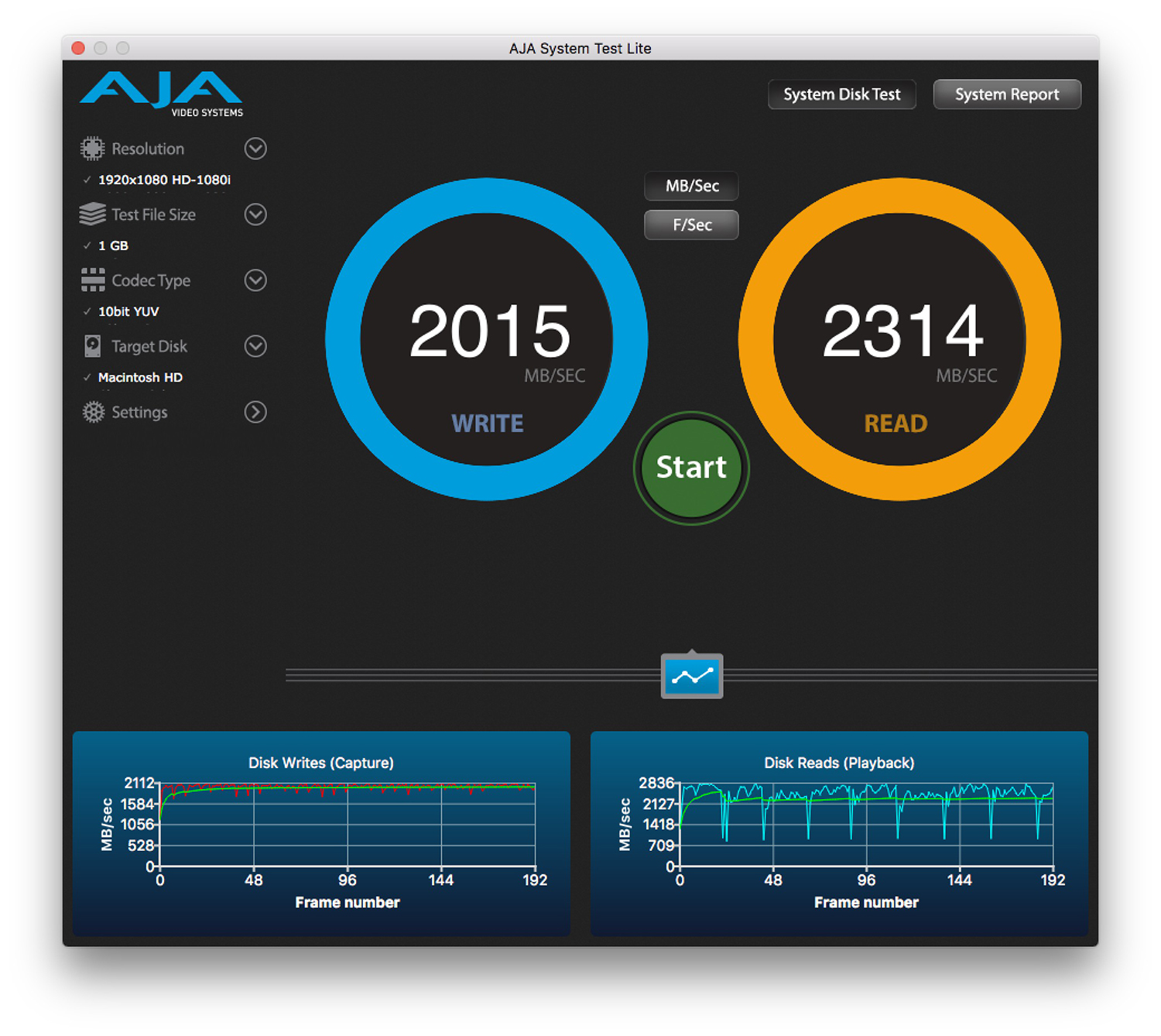 The numbers of the entire SSD. Improvements in the order of 10%, with variables of 2-3% depending on the moment, compared to the previous model, already very good anyway.
The numbers of the entire SSD. Improvements in the order of 10%, with variables of 2-3% depending on the moment, compared to the previous model, already very good anyway.
Power is zero without control
But despite the considerations on power must inevitably be at the center of the review of this MacBook Pro, we cannot fail to emphasize how, unlike the model tested last year, in this the battery usage has improved a lot. It's hard to say if it's due to software improvements or a hardware redesign, but now the MacBook Pro's internal battery responds excellently, both during use and during sleep.
Good news for a much debated topic towards the end of last year and which we at Cyber Layman had also dealt with: we no longer have the previous MacBook Pro model at hand, but the feelings about this are now much more than positive, for a consumption absolutely in accordance with what is to be expected in a Pro machine, with among other things very low external temperatures and use of the fans detected only during the salient phases of some games.
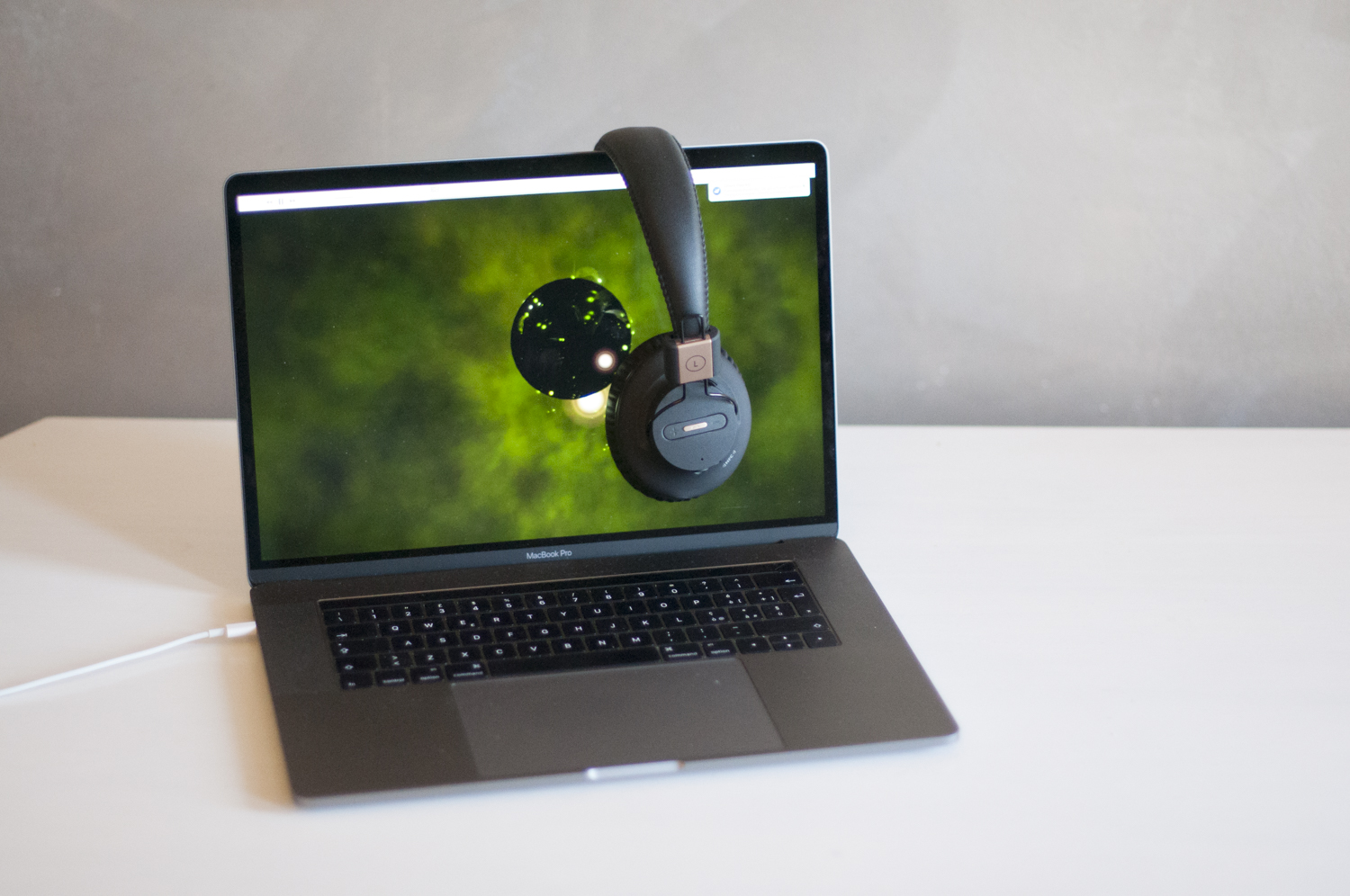
From a great power …
The MacBook Pro model tested here is (almost) industry excellence not only for Apple (you can order it with a more powerful processor and more disk space), but for the entire laptop market: considering the shape, the design, the features and the power expressed in the tests, but above all the (strong) feeling of having a machine that is really difficult to put in crisis with any App we can say that the work done went well beyond the rosiest expectations.

The impact of the Kaby Lake generation is certainly positive not so much for the peak of power (which clearly exists), but for the readiness in all tasks, even the simplest ones, and the sense of freshness it offers (and that p resumably will increase this fall with the arrival of macOS 10.13). On the other hand, the responsibility that Apple has with this Mac is very great: considering the sales, this is probably the most important Mac ever (waiting for the iMac Pro to arrive at Christmas and perhaps a Mac Pro next year) if not the most powerful and the most versatile.
The considerations on the price are inevitable, which is important, but it must be evaluated not only on the hardware characteristics but also on the future possibilities, on the real life of a machine like this (well over a few years) and on connectivity, which unlike other previous models, will be getting wider with each passing day thanks to USB-C and Thunderbolt 3.
Pro :
Against:
Price and availability The new MacBook Pro are available from this page of the Apple Store online: the list price of the tested model is 3,399.00 euros.
,,





